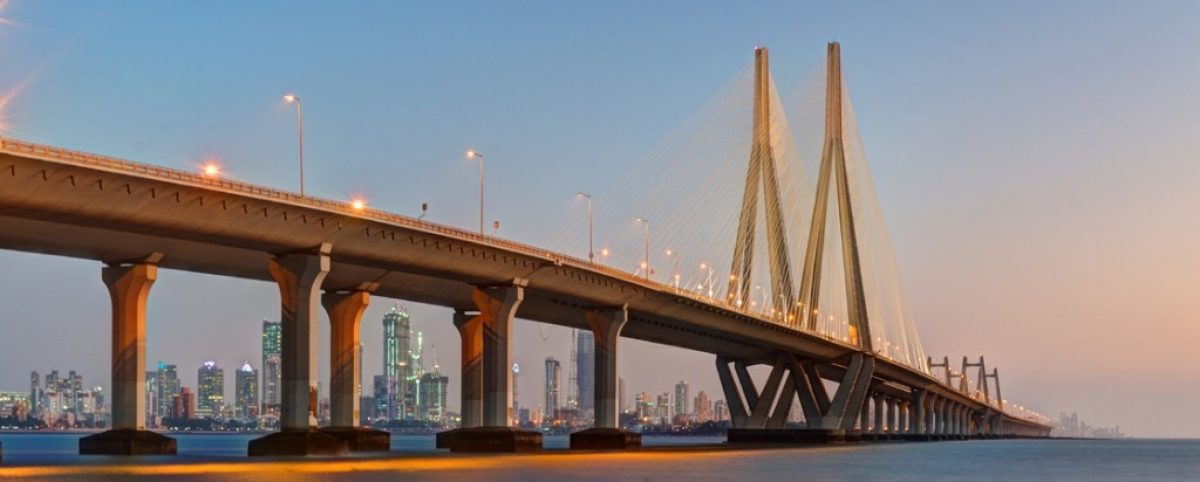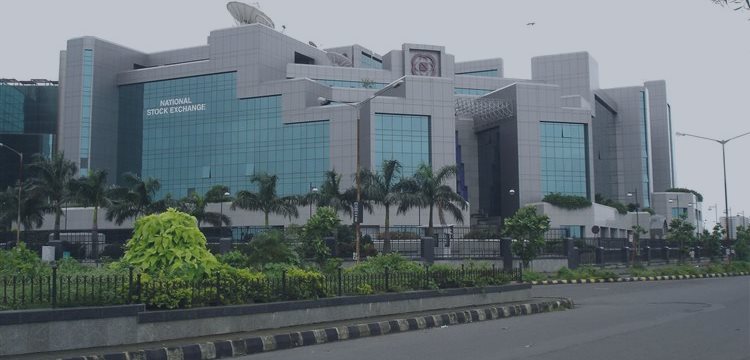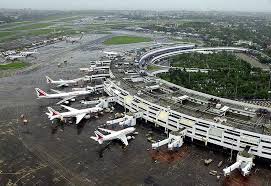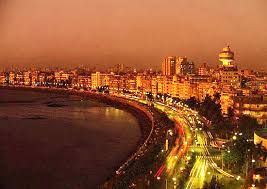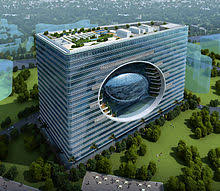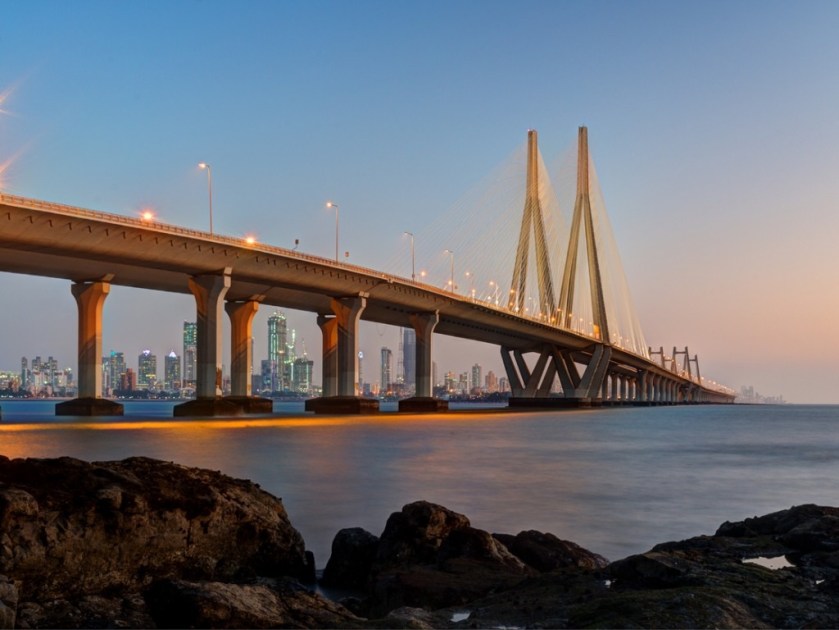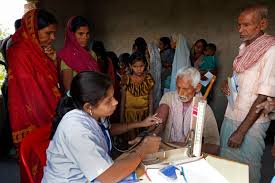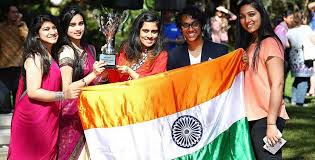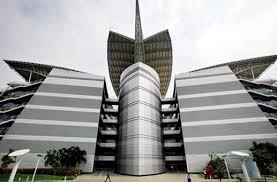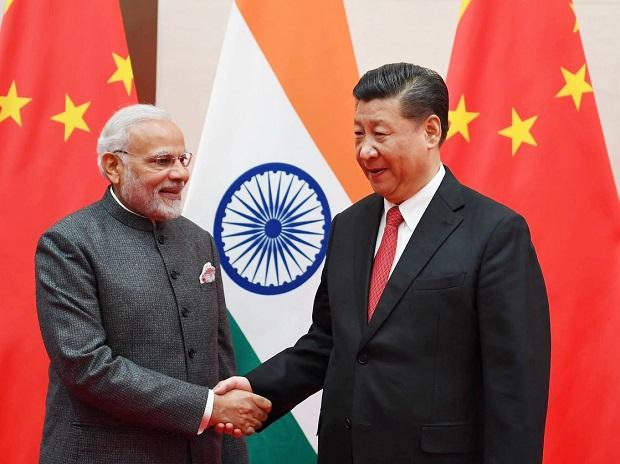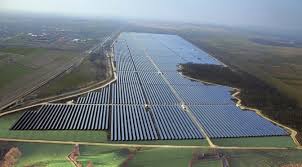The world’s tallest statue – the ‘Statue of Unity’ to honour Sardar Vallabhbhai Patel – will be inaugurated today by the Indian Prime Minister Narendra Modi.
Sardar Patel, who was one of the founding fathers of the Republic of India, and became the first Deputy PM, has been credited for his role in uniting independent-divided India in 1947.

Here are the top 10 interesting facts about the project:
- The project was announced by PM Narendra Modi in 2010 when he was the chief minister of the state of Gujarat. He had laid the foundation stone in 2013.
- The statute is 182-metres tall and is built with 25,000 tonnes of iron and 90, 000 tonnes of cement.
- The height of the statue will be more than double the Statue of Liberty, which stands tall at 93-metres off the coast of New York City and four times that of Christ the Redeemer in Rio de Janeiro.
- The project involves a walkway, the four-lane approach highway, and the Shrestha Bharat Bhavan which is a three-star lodging facility with 52 rooms.
- The Statue of Unity is built on Sadhu Island in the Narmada river, approximately 3.2 km away from the Sardar Sarovar Dam.
- The world’s tallest statue will be able to withstand wind velocity up to 60 m/sec, vibration and earthquakes.
- The statue will have a viewing gallery at 153 m, which can accommodate up to 200 visitors and will offer an expansive view of the dam and environs.
- As the Sardar is known as the ‘Iron Man of India’, iron was collected from across the length and breadth of the country.
- The time for construction was fixed at 42 months and no escalation on labour, fuel, and material was allowed.
- There is a three-story base that comprises a memorial garden and a large Exhibit hall developed as an edutainment attraction.


